Climate change and unplanned development are creating a new set of damaging risks
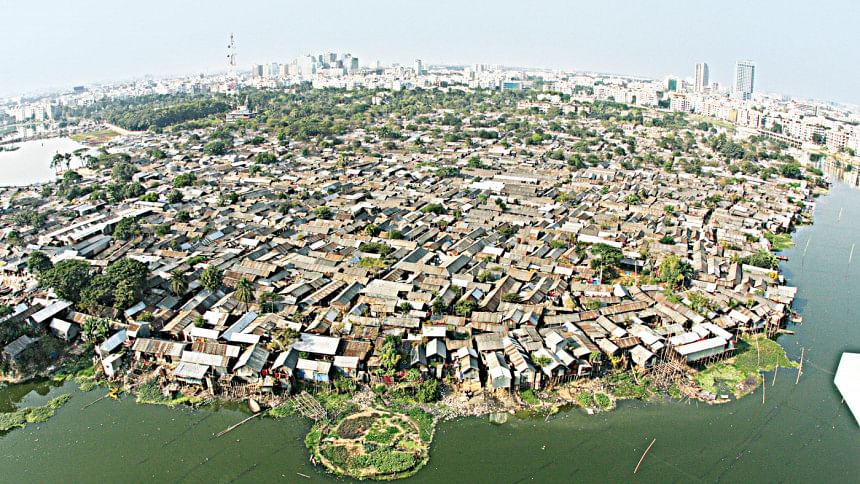
Dr. Anika N. Haque, Assistant Professor in Human Geography and Environment at the University of York, has been honoured with the esteemed AXA IM Research Award in 2023, marking her as the first global South scholar to receive this recognition. With over 15 years of prolific contributions, she has published in leading journals, crafted policy briefs, and sparked a BBC documentary on India's slum rehabilitation. In an exclusive interview with The Daily Star's Shamsuddoza Sajen, Dr. Haque explores her transformative research on climate change in global South urban settings and imparts insights into the current trends in global climate research.
The Daily Star (TDS): Congratulations on being honored with the prestigious 2023 AXA IM Research Award. We are eager to learn more about the specific accomplishments that led to this recognition and the impactful work for which you are being celebrated.
Anika N. Haque (ANH) : My research is interdisciplinary addressing three overlapping global challenges: changing climate, rapid urbanisation and growing inequality. It predominantly focuses on climate change vulnerability of the urban poor in the global South. It builds around the theme of urban climate change resilience embracing actions on climate change adaptation, mitigation and disaster risk reduction while recognizing the complexity of rapidly growing urban areas, growing inequality, development challenges and climate change uncertainty.
Much of my research over the last 15 years has empirically focused on multiple cities around the global South from Asia to Africa to Latin America. Through my longitudinal research on climate change resilience, I have developed the concept of 'identity risk' which highlights the importance of 'risk perception' and challenges the normative assumptions of climate risk responses. My research also identifies the complex interplay of development factors driving the climate change vulnerabilities of the urban poor indicating the critical implications of the contemporary development processes on specific adaptation inaction and/or selective action.
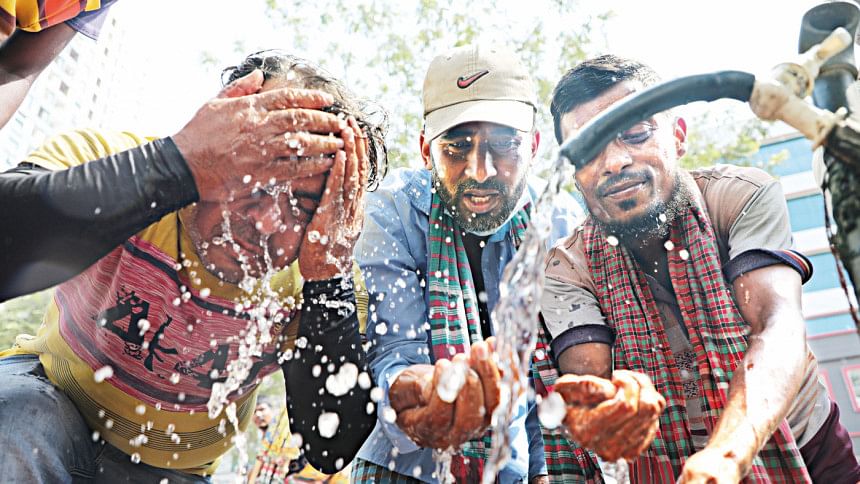
My research is grounded in Systems thinking: I argue for a whole systems approach to understand the complex problems that we are facing in the current world. If we take the example of climate change vulnerability of the urban poor, it derives from the complex interactions of multiple actors at multiple levels ranging from public sector to non‐state actors at the macro level to communities and households at the micro‐level. And these are linked through multiple social and physical factors, for example, access to basic services, tenure security, income. All of these system components are connected and interact in a dynamic complexity, often leading to unpredictable outcomes that are difficult to comprehend when only analysing elements in isolation. Hence a holistic approach is required not only to understand such complex functioning but also to identify solutions. And this is the approach that I take for my research.
TDS: What motivated you to concentrate your research efforts specifically on addressing the impacts of climate change in urbanized areas.
ANH: The climate change discourses and policies have been conventionally framed with a focus on rural areas. And this is evident in the IPCC reports where until the Fifth Assessment Report urban issues were included in just one subsection of one chapter. IPCC reports are considered as the bible to deal with climate change and lack of attention on urban areas in theses repots has influenced climate adaptation policies and actions to be predominantly focused on rural areas. The need to address urban areas in adaptation policies has only recently begun to be acknowledged due to the increased evidence of climate disasters in cities. The vulnerabilities to climate change in cities, particularly in the global South where I am from, and the lack of knowledge on this subject have been the primary influences on my research focused on urban issues.
TDS: Bangladesh is undeniably one of the countries most severely impacted by climate change. We are keen to benefit from your expertise on various aspects related to this. Could you elaborate on the predominant challenges faced by urban areas in Bangladesh due to climate change?
ANH: We all know that Bangladesh is physically exposed to climate risks due to its low topography and disadvantageous geographic location. The risk is further exacerbated by high density of population, poor human development and reliance on climate-sensitive resources. If we add the impact of climate change to this cauldron- it is a recipe for disaster. The country is urbanizing at a fast pace- 31.5% of the population now lives in urban areas and majority of this urban population is concentrated in some of the primary cities of the country such as Dhaka and Chittagong, while secondary cities such as Khulna and Rajshahi are growing rapidly. Dhaka, for example, is one of the fastest growing mega cities in the world. And this urbanization processes are further exacerbated by climate change- for example, in Dhaka, every day more than 2000 people migrate to the city and apx 70% of this population are climate migrants who are migrating due to climate driven hardships, and the number is growing. Despite the economic opportunities offered in the Dhaka city, 34% of the city's population is living below the poverty line and mostly reside in slums and underserved areas. Local governments are struggling to keep pace with this rapid urbanization and the result is unplanned development and overstretched health, transport, housing, water, garbage and sanitation infrastructure. And this unplanned development in the Bangladeshi cities is the primary challenge. The climate change risks are overlapping with the risks derived from the unplanned development and is creating a new set of more dangerous and damaging risks. If not addressed, the complex crises developed through such overlapping risks will ultimately overwhelm our capacity to adapt.
Let me give you some simple everyday examples that people in Dhaka city are experiencing on a regular basis. Dhaka is experiencing weather extremities with extreme heatwaves during summer and intense and prolonged rainfall during monsoon. Heat stress is further exacerbated by the haphazard and largely unplanned development in the city. The city is losing its green spaces in the name of development, hard surfaces are increasing, and these hard surfaces reflect heat and this further adds to the heat stress. Also due to the rapid unplanned urbanization, the water bodies and water retention areas are disappearing, and evermore buildings are being constructed. In the past, water bodies acted as natural drainage for the city, but these are almost non-existent now and the physical drainage is largely inadequate for the city. This results in waterlogging even with a few hours of rain in most parts of the city. Unsurprisingly, urban flooding is more frequent than before.
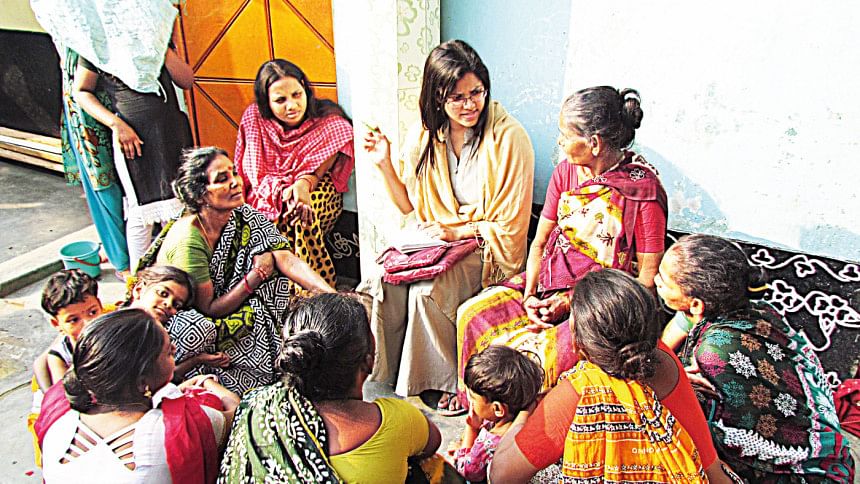
TDS: Specifically, how do women in these urban areas experience the effects, and what strategies do you believe can be employed to support them over time?
ANH: We know that women in this country are particularly vulnerable due to the asymmetrical social relations and the associated dependencies that influence the everyday lived experiences of women. And this vulnerability is further exacerbated in cities by other factors such as limited access to resources and urban services, lack of social safety nets, social networks and social capital, marginalization from the decision-making processes at all levels- from household to macro level. Women living in the low-income urban settlements are particularly vulnerable as they fall at the intersection of multiple inequalities, both social and economic inequality. And their voices are rarely included or heard in the decision-making processes despite the fact that they are one of the most vulnerable groups.
There are no straightforward ways to address this and we need to acknowledge that there is no 'one shirt that fits all'. The strategies need to be very much context specific. My research has highlighted the importance of promoting transformative forms of agency that do not simply address immediate inequalities but initiate longer term processes of change, addressing the systemic reproduction of inequality. Institutional transformation is required to break the resilient and entrenched structures of gender inequality, requiring change across multiple fronts: from individual to collective agency, from private negotiations to public action, and from the informal sphere to the formal arenas of struggle where power is legitimately exercised.
TDS: In conducting extensive quantitative and qualitative fieldwork in countries like Bangladesh, India, and South Africa, what common challenges have you faced, and how do they differ across nations? Additionally, could you highlight the most significant similarities and differences you've identified in your research across these countries?
ANH: The urbanization that is happening in the global South are being accompanied by growing proliferation of slums and squatters. More than one billion people across the world are now living in slums and 70% of this population are in Africa and Asia. And these slums are the areas where catastrophic and chronic hazards overlap. By catastrophic hazards I am referring to the climate hazards and by chronic hazards I am referring to the hazards that derives from development deficiencies. When these two types of hazards overlap the risks are further exacerbated. Although majority of the global South countries are facing this common challenge, the governance processes to address this differ. And this is influenced by various context specific factors. So for example, in South Africa, the long history of Apartheid not only influences the macro level governance processes addressing the societal inequality but also the micro level processes of how the macro level actors are perceived by the micro level communities. This complex dynamics with the historically marginalized population add further governance challenges in the South African context. In India the caste system adds a unique layer to the inequality context which further marginalizes certain group of populations. Adding a gender lens to this, Bangladesh and India have similarities being patriarchal societies where women are being marginalized from the decision-making processes at all levels.
TDS: What is your evaluation of the government policies and activities in Bangladesh aimed at addressing the challenges faced by urban dwellers due to climate change?
ANH: I must admit that to some extent we have good policies 'in paper', however there is a big gap between policy and practice. The climate change policies and practices in this country have largely adopted a top-down impact-based approach. The urban poor have always been neglected in the national policies of Bangladesh and the climate change policies are no different. As I mentioned earlier, climate change is seen as largely a problem of rural areas. Hence, there is a failure to address the high risk experienced in the urban areas. And this inclination towards rural areas has a negative impact on the private sector's willingness to work in urban areas. It has impacted on research activities and state level programmes and interventions as well. There are also significant lack of addressing the local knowledge and adaptation at the micro-level. There is a significant lack of consultation with the local communities, let alone the lower income groups living in slums and informal settlements, apart from few handpicked community representatives as a 'window dressing ritual' to acquire the evidence of 'participation'. Gendered voices are hardly included in the decision-making processes- tokenistic engagement with gender and stereotyping risk aggravating social-inequities and maladaptive consequences.
Earlier this year, we conducted a multi stakeholder workshop in Dhaka where we brought together stakeholders from environment, development, gender and health sectors to discuss the overlapping risks of climate change and vulnerability. The workshop reveals a significant lack of understanding of the overlapping risks of climate change and urbanization with isolated focus on climate related risks, unplanned development, health risks and gender vulnerability and without hardly any holistic understanding involving the interconnections. Each sector is working in siloes without any meaningful multi sectoral conversation let alone coordination and integration. And this results in duplication of works despite our limited resources as there is no knowledge or data sharing.
TDS: What is the present state of climate change-related research in Bangladesh, and which specific areas do you believe require more focus for research?
ANH: Climate change data has largely been rural-centric in Bangladesh with very limited knowledge and data on urban climate risks and vulnerability. This has influenced the rural centric climate related investments not only by the international donors but also at national level. There is a significant lack of gender disaggregated data on climate vulnerability. Therefore there is very limited knowledge on how women and girls are being differentially affected by the climate risks. More than 30% of the Dhaka's population live in low-income and informal settlements and majority of these informal settlements do not even exist in the official documents, so they are invisible from the city level data. Hence, their vulnerability is largely unknown. Therefore there is an urgent need to not only conduct more research on the climate change vulnerabilities in cities but also with a specific focus on the gendered vulnerabilities in the low income urban settlements.
I want to also highlight that despite the acknowledgement of the complementarities between adaptation and development, there is a huge knowledge gap on how to integrate these two processes. Hence it calls for further research on the ways in which the adaptation and development decisions can be meaningfully integrated to achieve long term meaningful resilience.

 For all latest news, follow The Daily Star's Google News channel.
For all latest news, follow The Daily Star's Google News channel. 





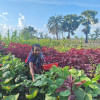

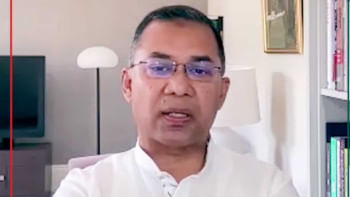
Comments